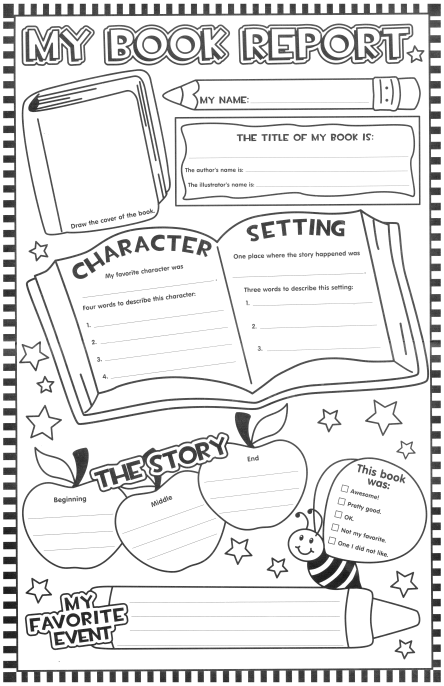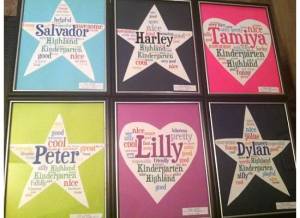I love teaching Math, and teaching fractions is one of my favorite parts of teaching Math! I tried two new things this year and I want to share them with you. Despite the fact that I am in my eighth year of teaching 2nd grade, I am constantly trying to find new things, as I know many of you do as well!
Fraction Play Dough
First, I bought everyone their own can of Play Dough from the Dollar Tree. They come in packs of 4, and they had all kinds of colors. The kids enjoyed "claiming" their own can and picking out their own color to work with.
I opened our study on fractions by telling my students to divide their dough into two pieces. They all tried to find different ways to do this, because they are very into coming up with ideas that others may not have this year! See the list below for ideas that came up as we explored fractions with play dough. I honestly didn't plan all of these ahead of time, but it really evolved!
-Guide students to show different divisions of the play dough. As you guide students through this, create an anchor chart showing drawings of the play dough balls: unequal parts, equal parts, halves, thirds, fourths.
-Discuss wholes: When students show halves, thirds, or fourths, connect back to the idea that 2/2 = One whole, 3/3 = One whole, and so on.
-Keep going with the above idea, and introduce some addition sentences 1/3 + 1/3 + 1/3 = 3/3 = One Whole
-Discuss how students' parts are the same or different. Some of my kids flattened their play dough before dividing, some kept it in a ball. The shapes were different, but the fractions remained the same.
Pattern Shapes App

In my small group, we used our new iPads for the first time! This app is called
Pattern Shapes. Clarity Innovations has some great apps for Math tools! I am really loving them. But back to the point. Here are the two things we did to connect our work with pattern blocks to fractions:
-I guided students to "cover" a yellow "cupcake" with different colors of icing. Then, we named the parts and paid special attention to how many parts it took to cover the cupcake.
-After doing this, I assigned students to use these equivalent fractions to create a picture that was "Half Yellow". I found this idea in my new favorite blog,
E is for Explore. Some students stuck to just maintaining equality with the basic equivalent fractions. So, every time they added a blue rhombus, they pulled out three blue rhombi and one yellow hexagon. More advanced students explored the idea that doing something like using 1 red trapezoid, 1 rhombus, and 1 triangle would also balance out a yellow hexagon.
Have fun teaching fractions!




























